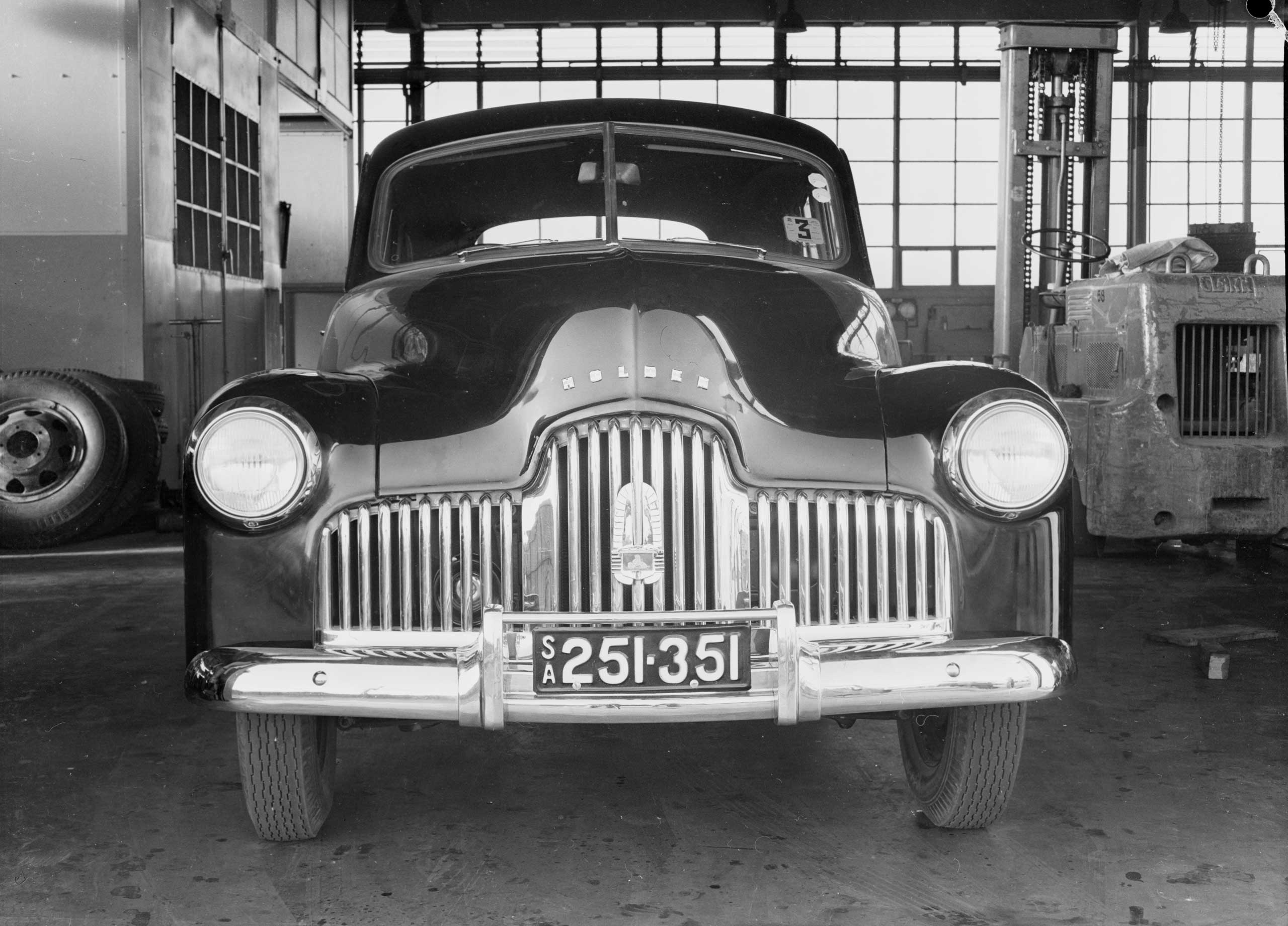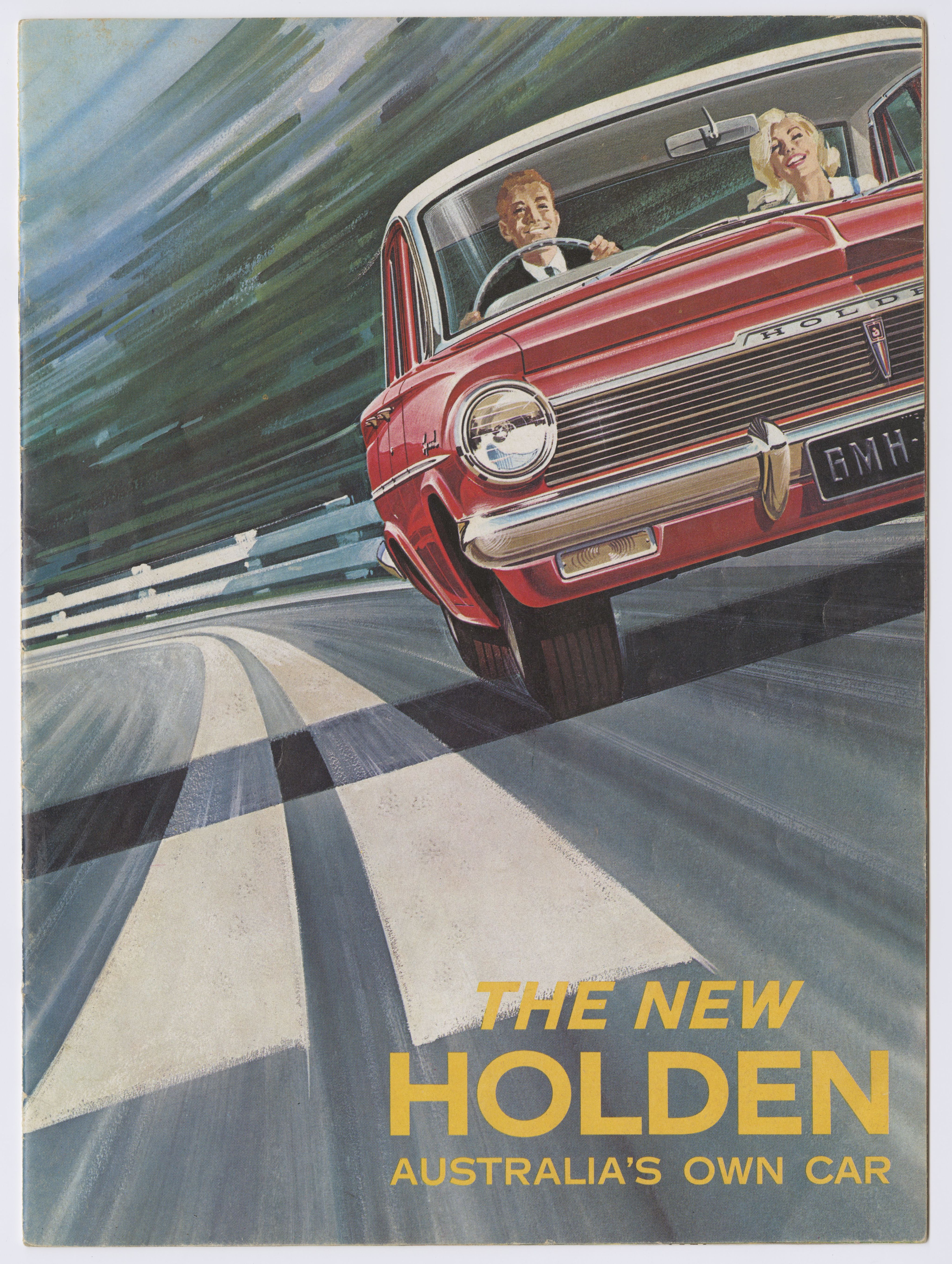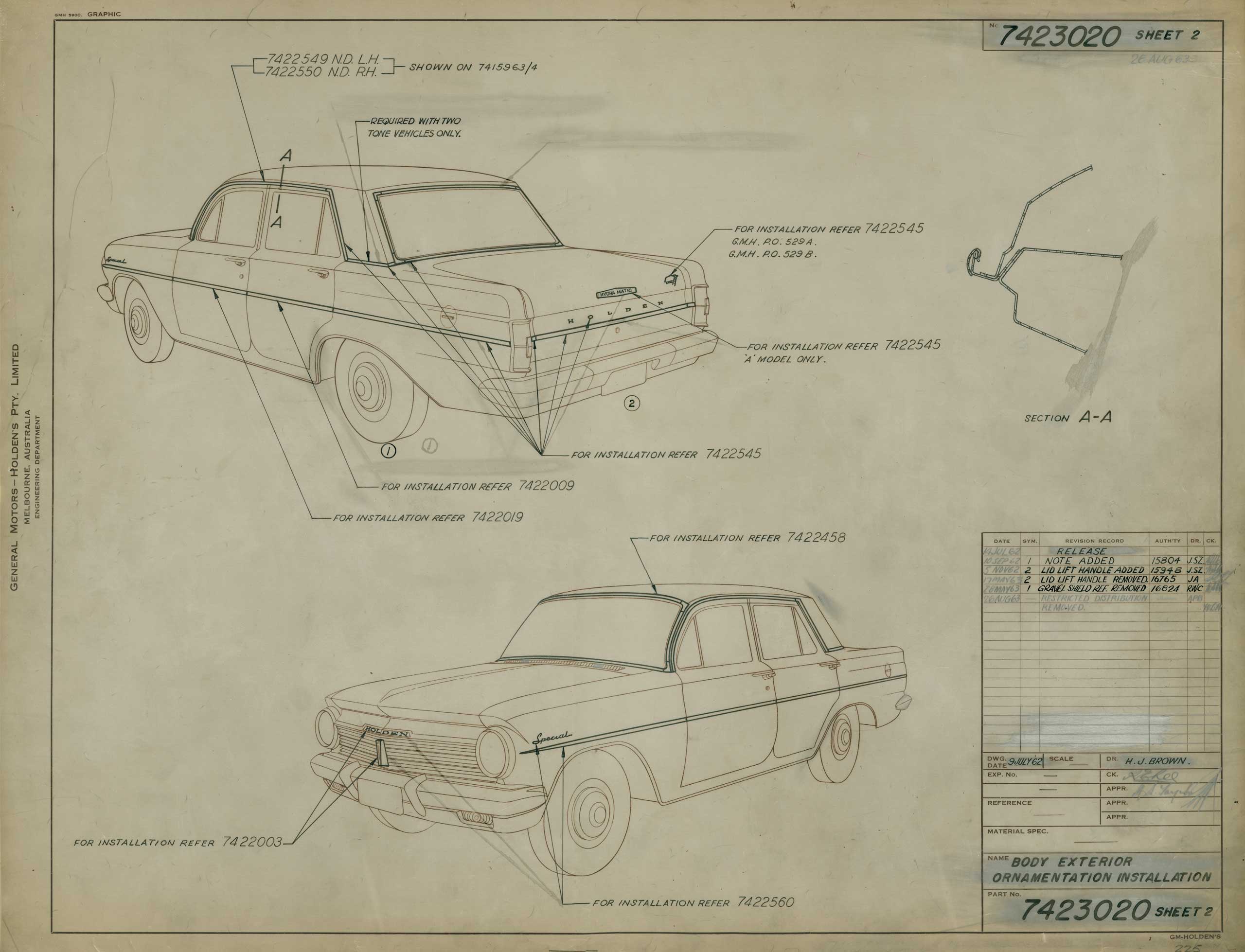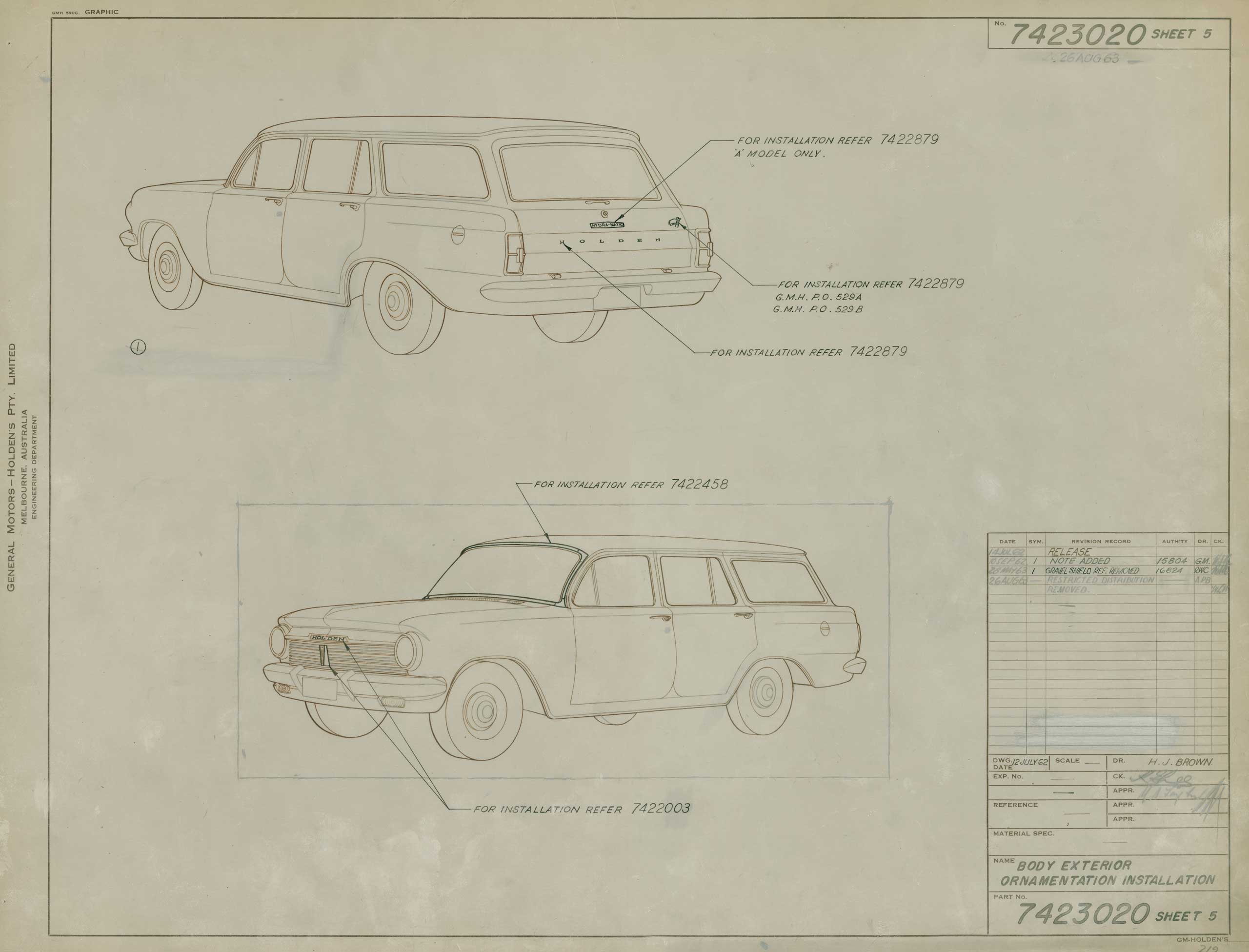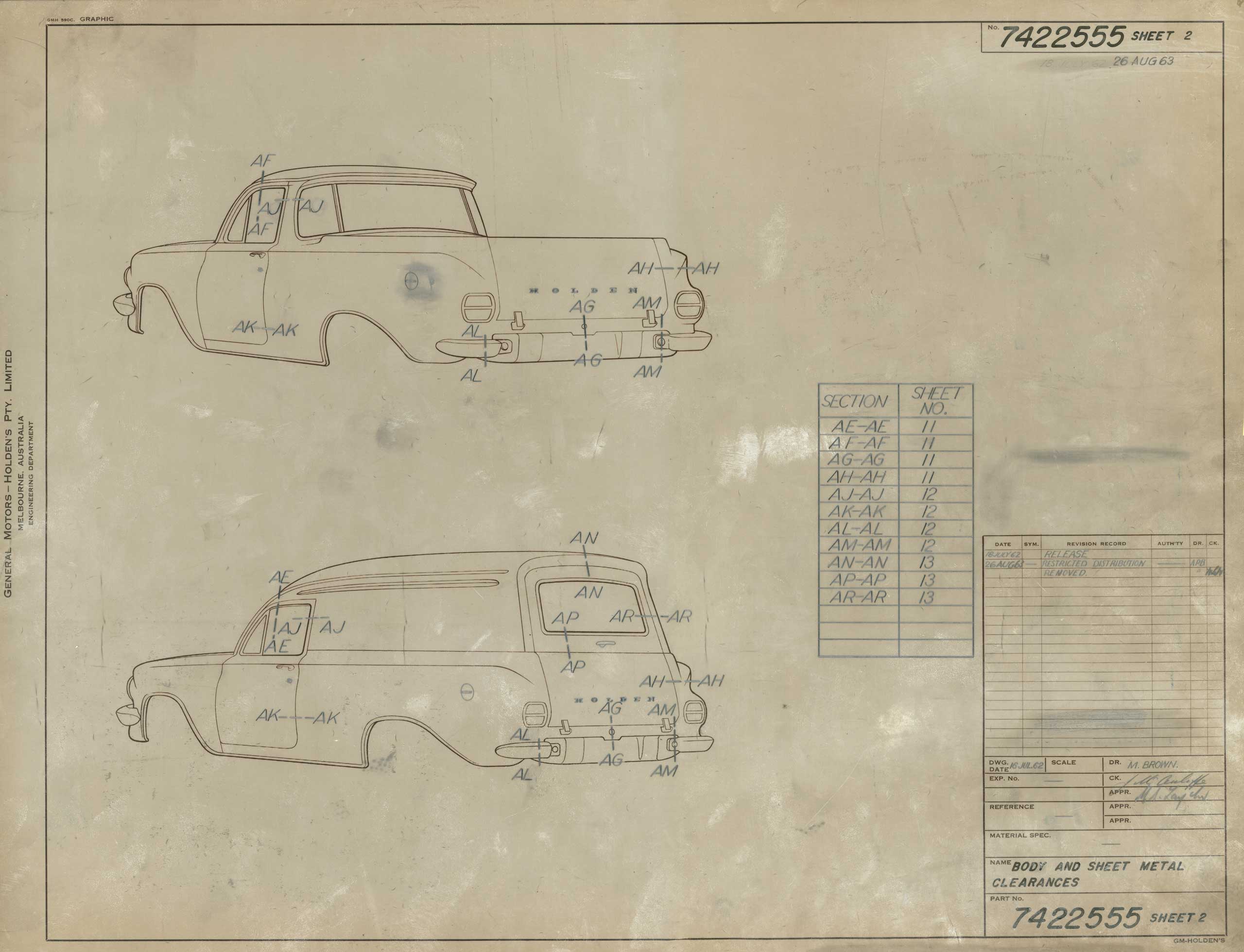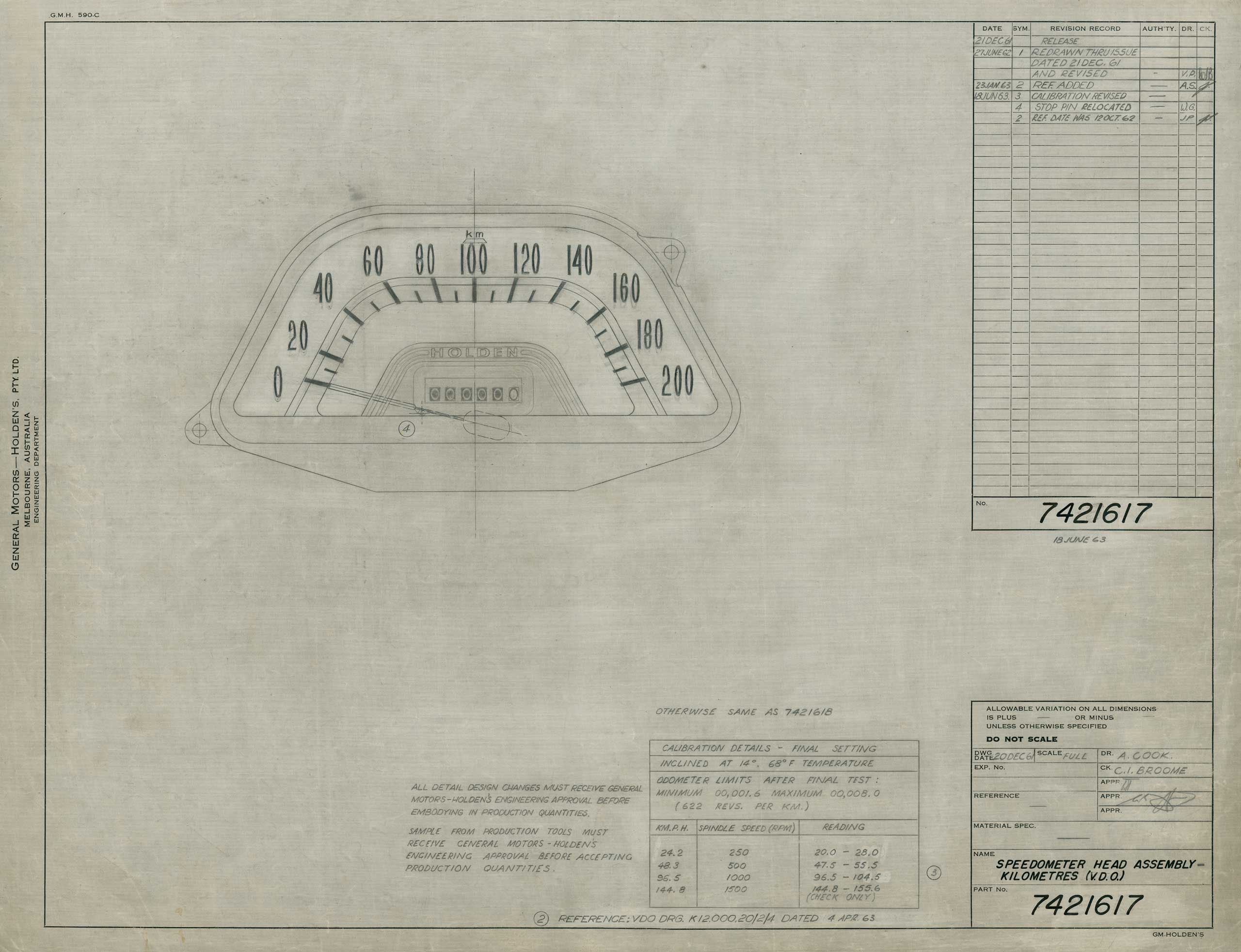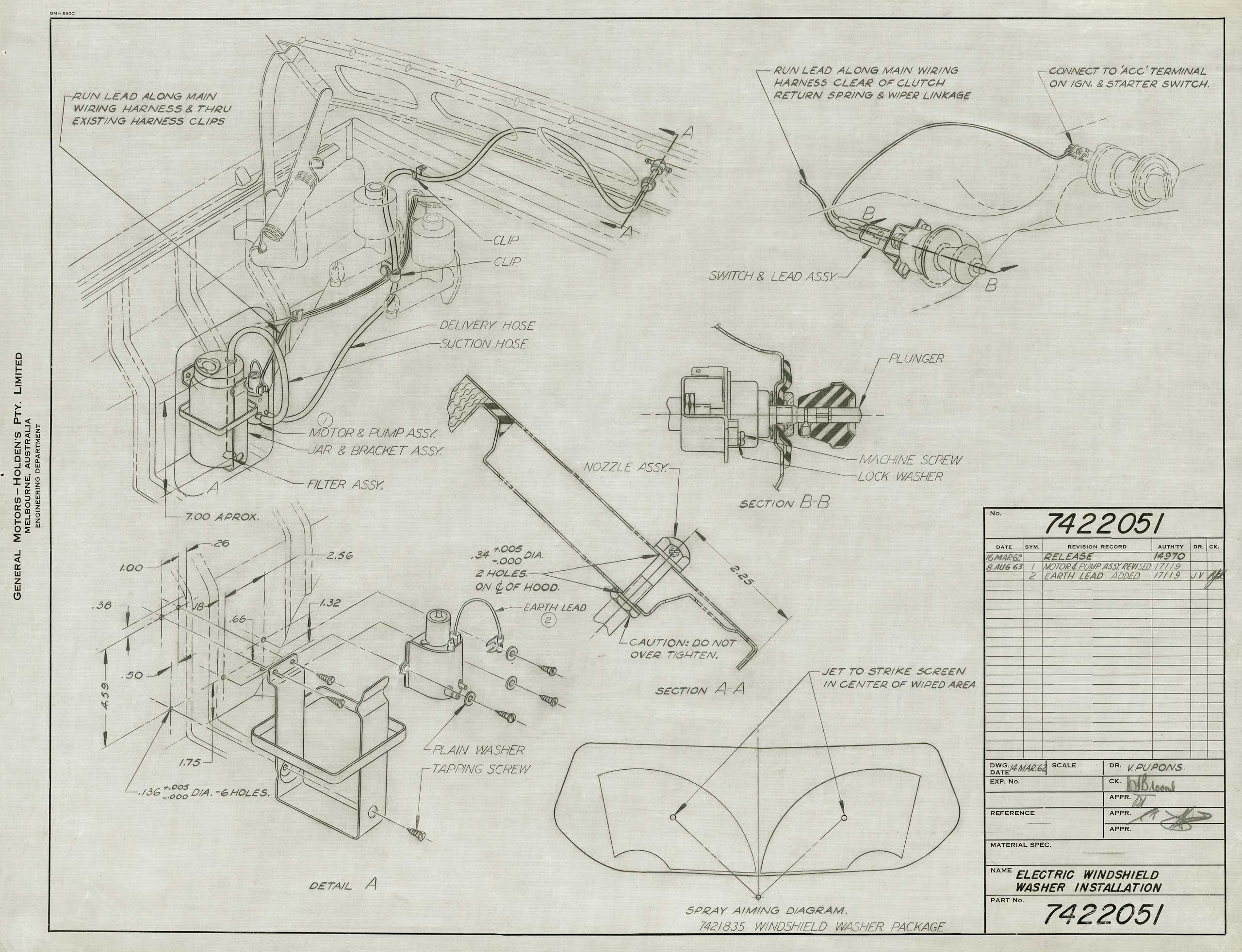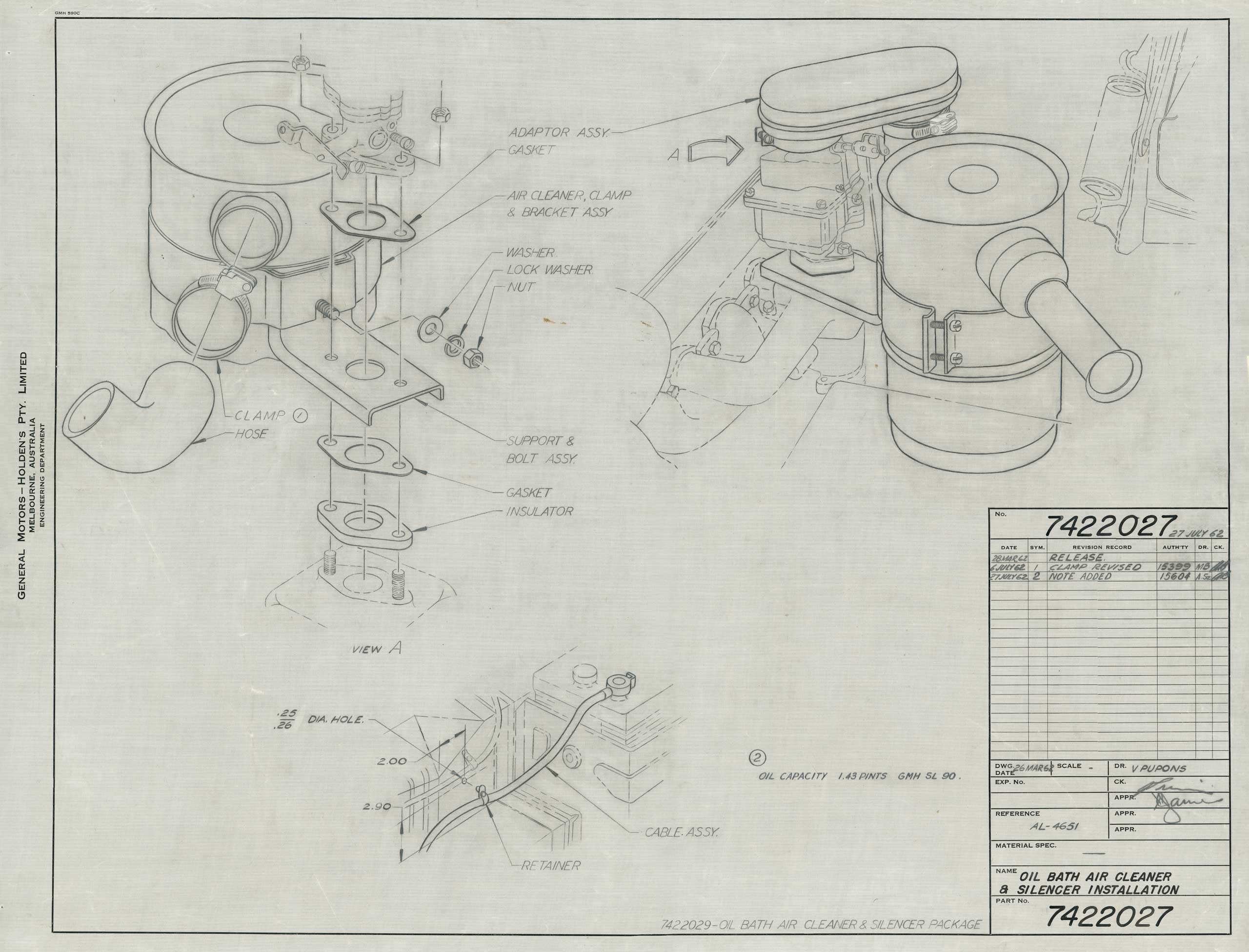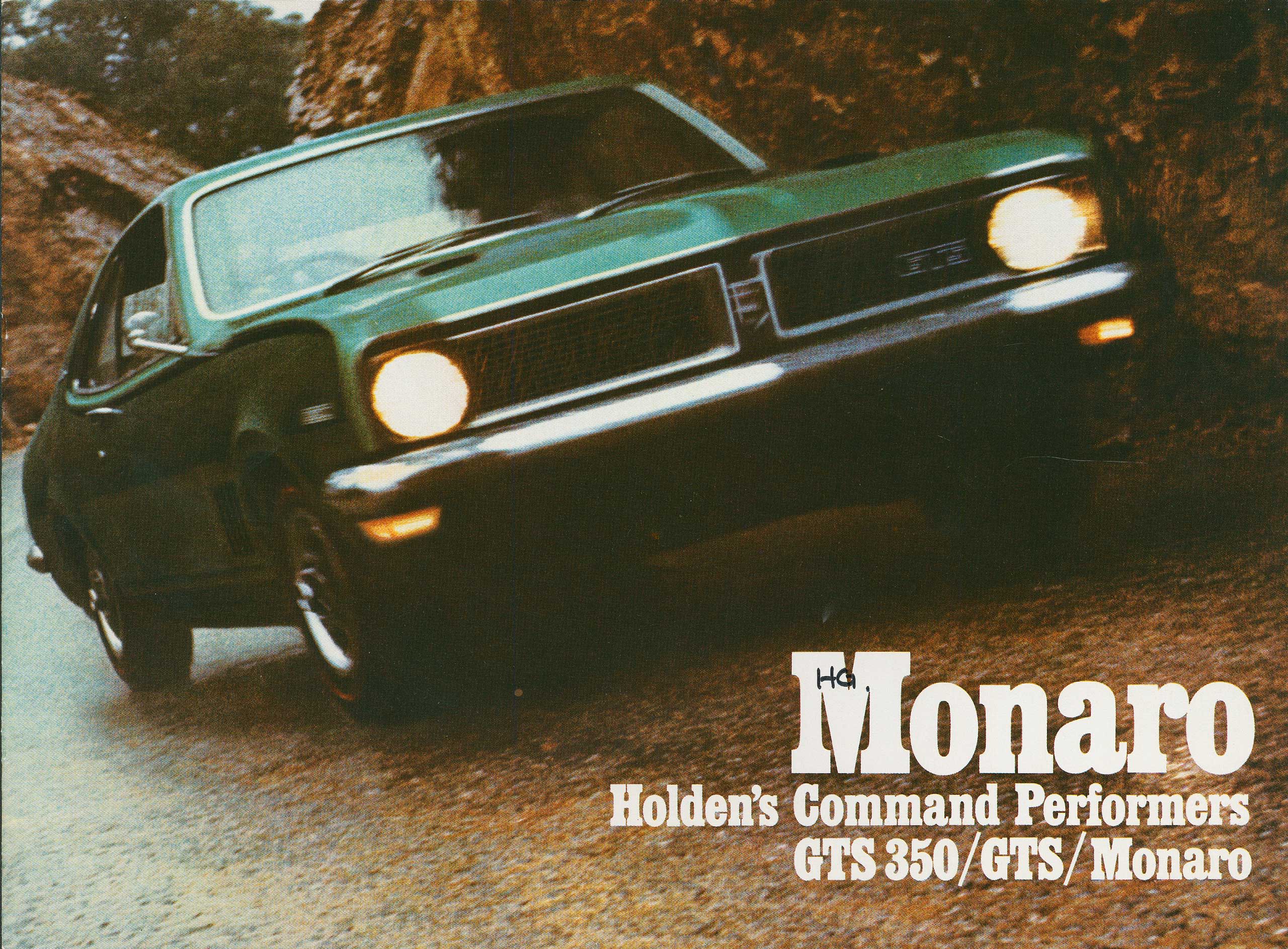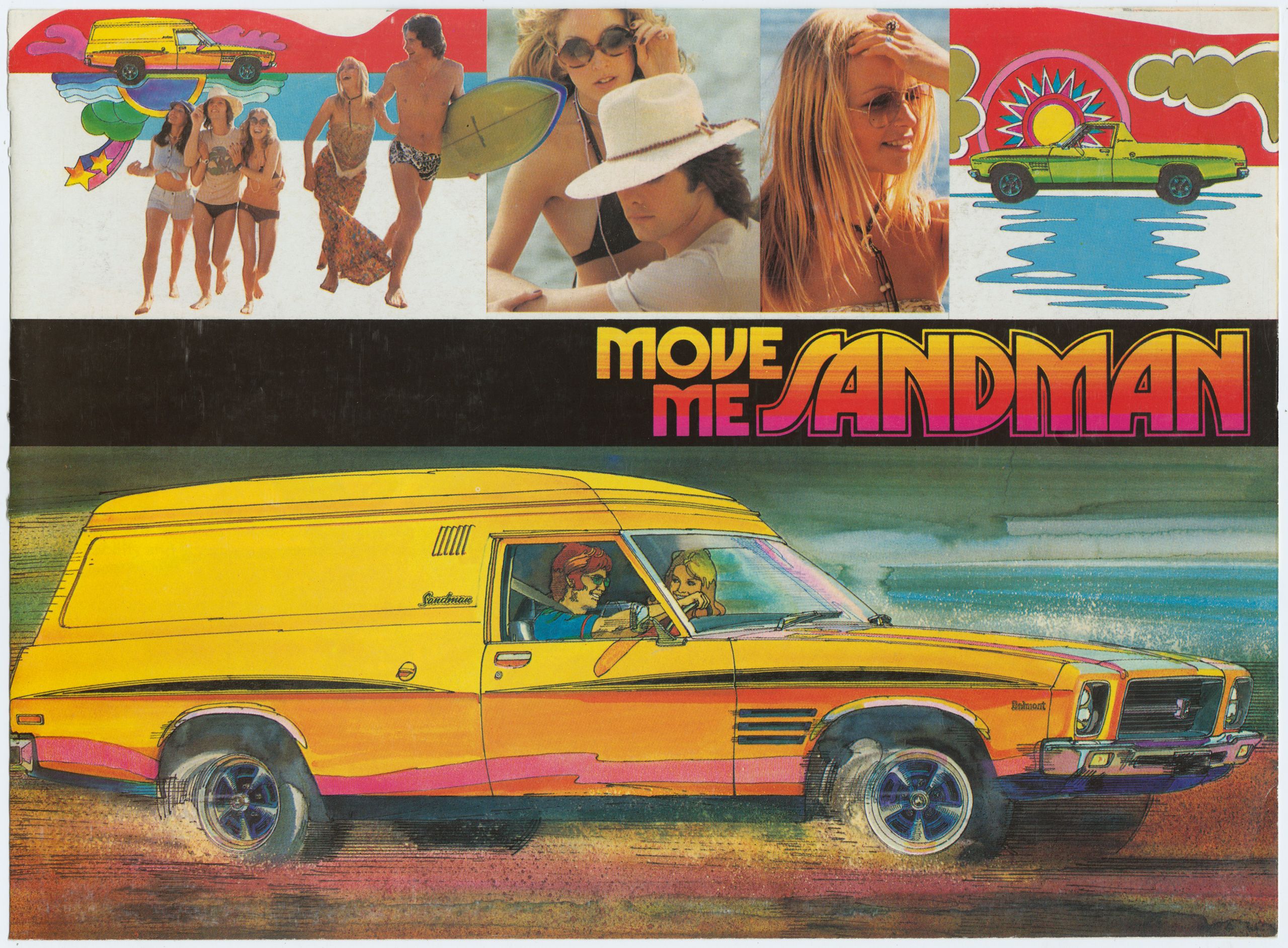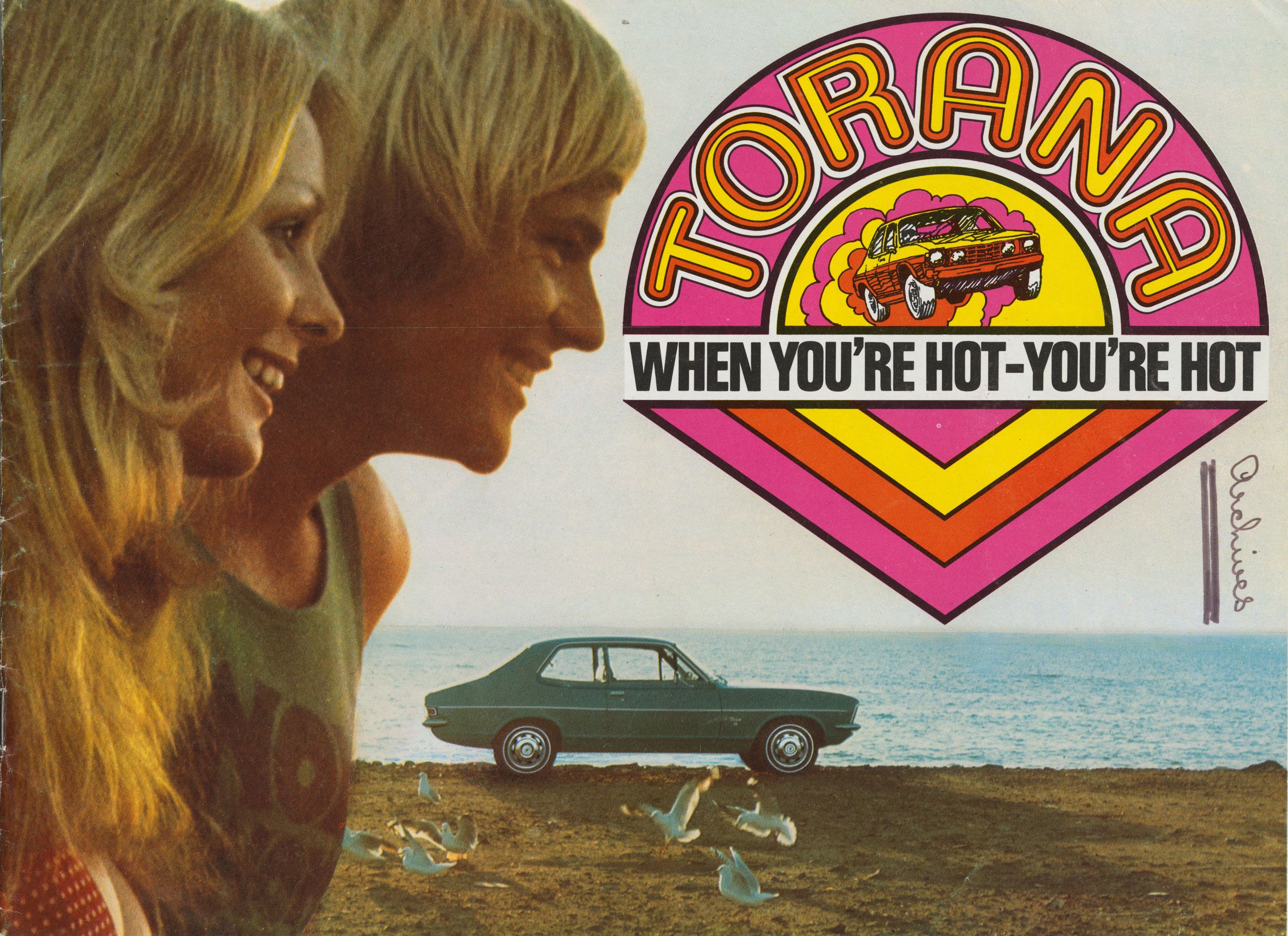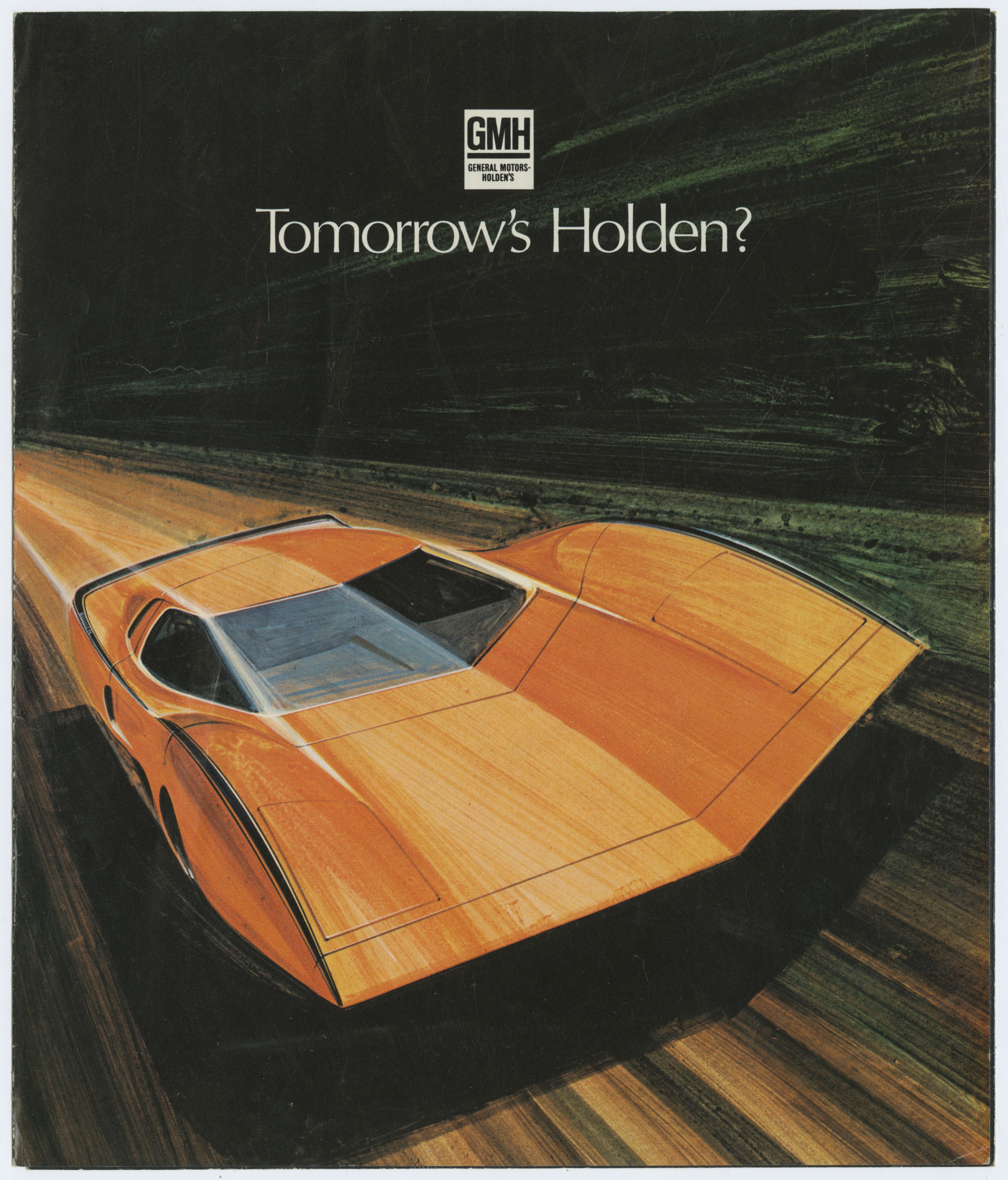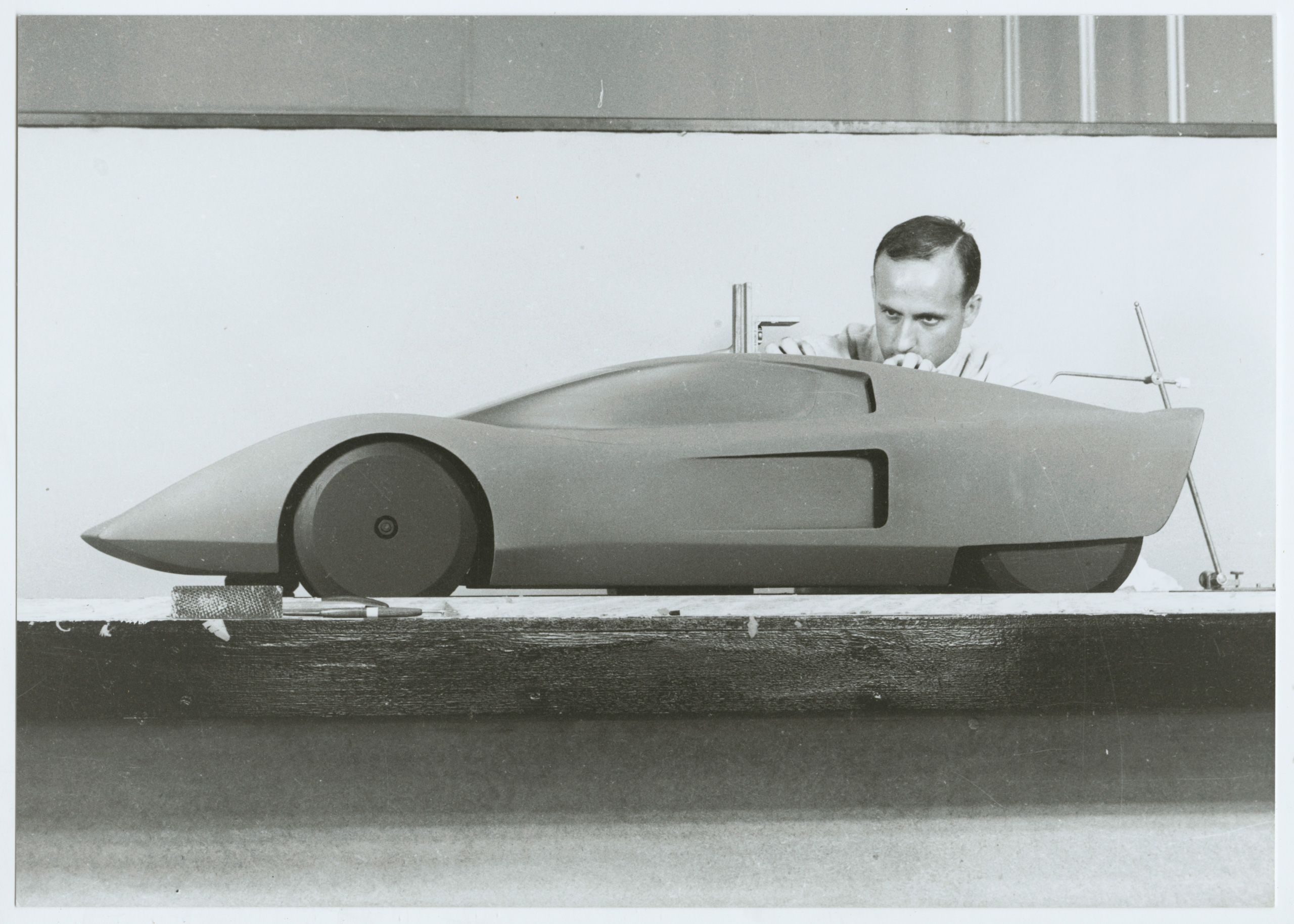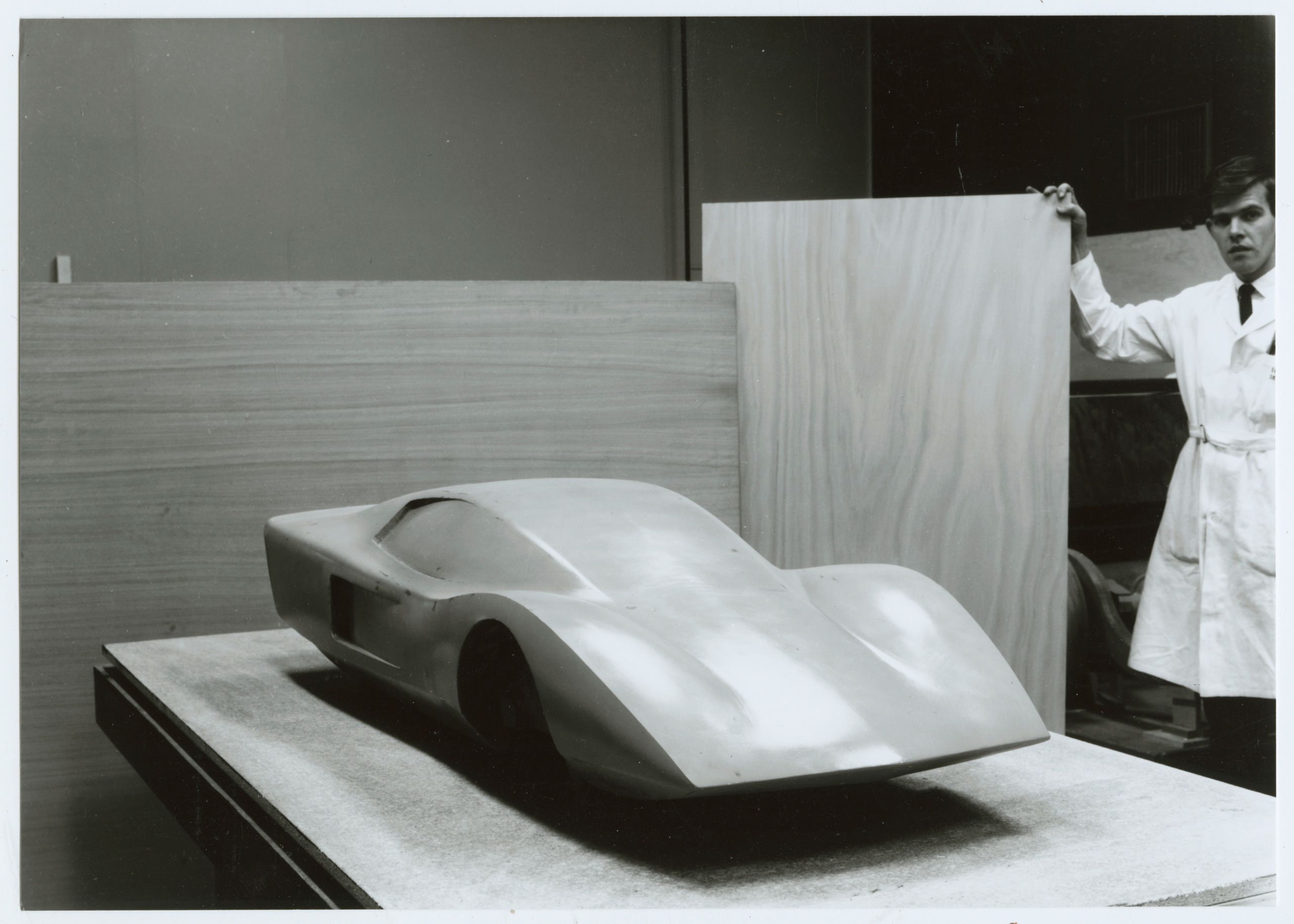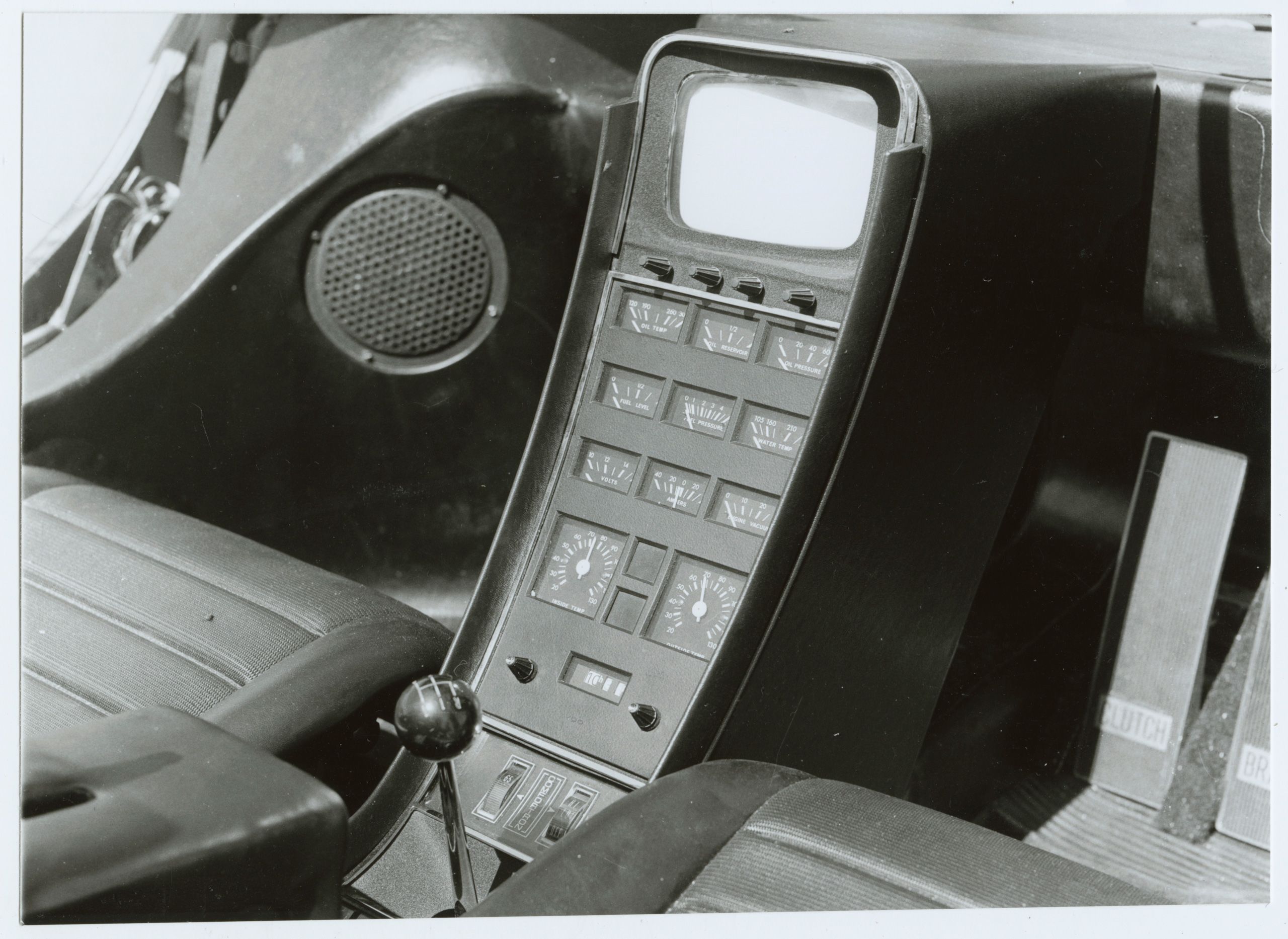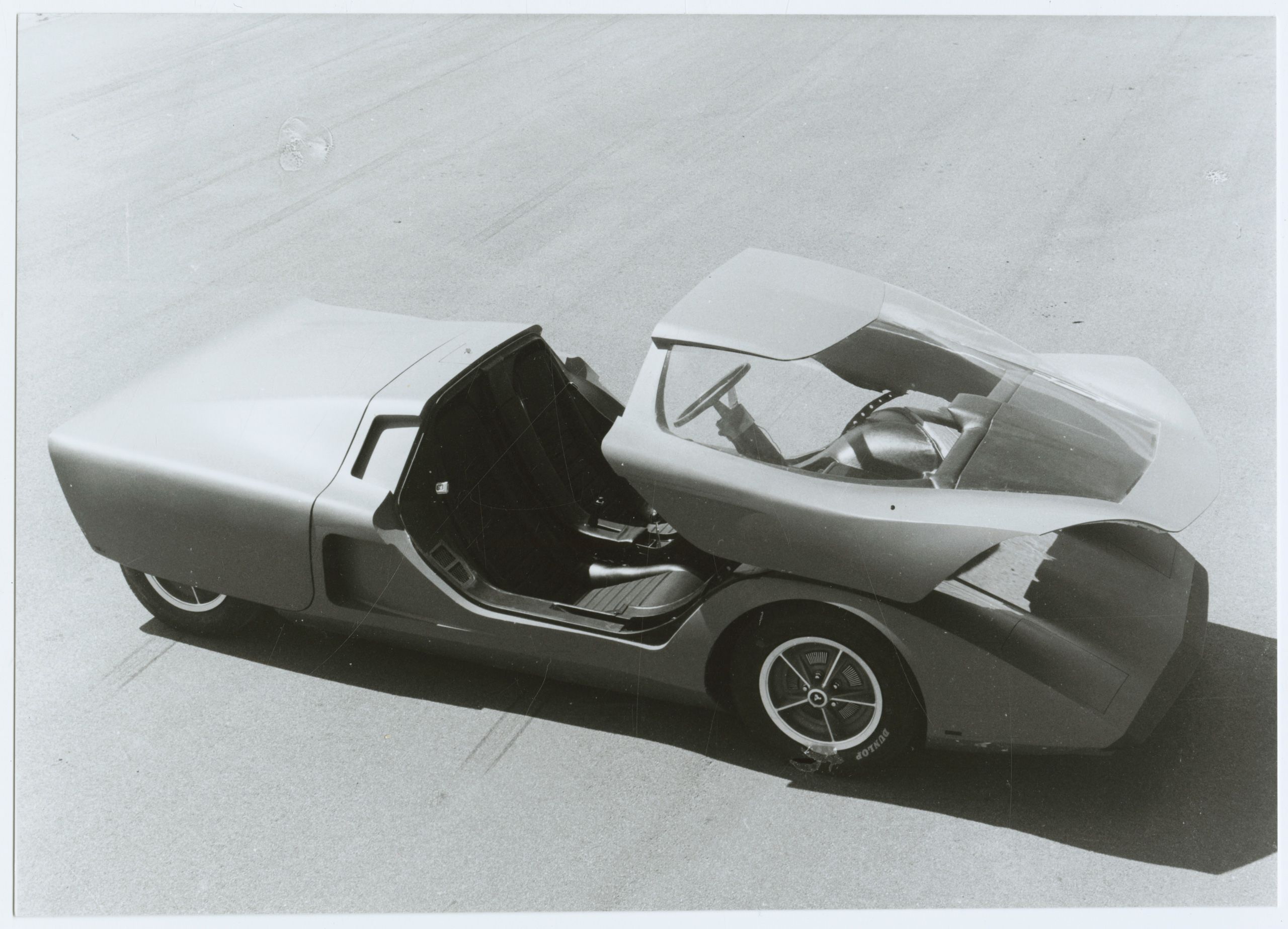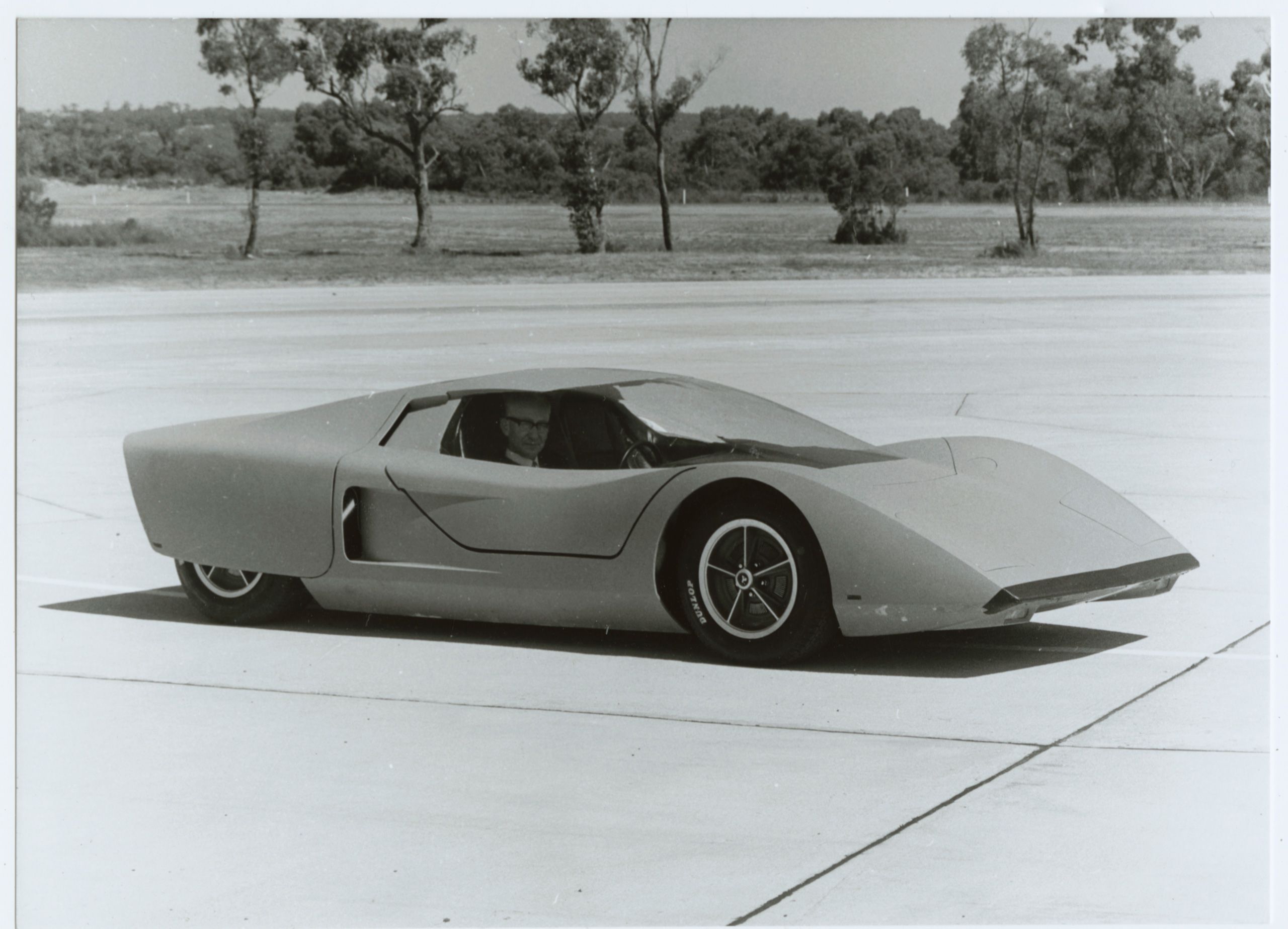ICONIC HOLDENS
Showcasing some of the most iconic Holden models, from the Holden FJ to muscle cars and beyond.
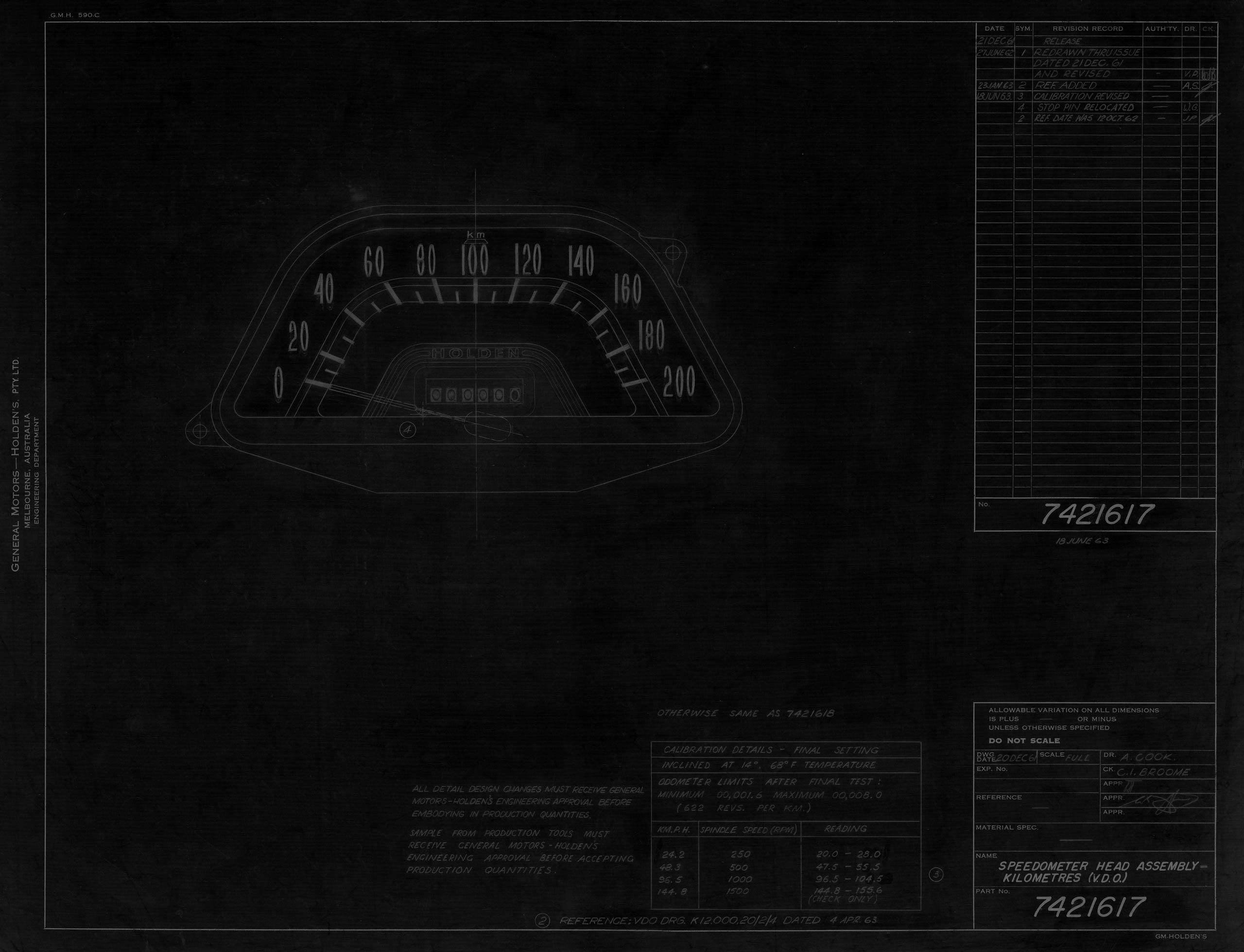
Holden 48-215 (FX)
'Australia's Own Car'
In the late 1930s, a bold dream was born, to create a car that was entirely Australian. However with the outbreak of World War II, those ambitious plans were placed on hold as GMH factories shifted their focus to the war effort.
Fast forward to 1943, and the dream was back on on the road. By 1944-45, designs and plans were in the works, with prototypes being built and tested in Detroit before making their way to the GMH headquarters at Fishermen's Bend, Victoria, in 1946.
The historic day arrived on 29 November 1948. GMH launched the 48-215, popularly known as the FX, at Fishermen's Bend. Celebrations followed in Adelaide, Sydney, Brisbane and Perth.
The name 'Holden' was chosen to honour Edward W. Holden and William A. Holden, who were pioneers of motor body building in South Australia.
The Holden 48-215, with its roomy interior seating five to six passengers, boasted a 2.15-litre six-cylinder engine paired with a three-speed manual transmission. Quickly becoming Australia's iconic family sedan.
By 1950, the 48-215 was Australia's favourite ride, with 19,203 sold, capturing 14 percent of the market. Between 1948 and 1953, the 48-215 model range expanded to include the standard sedan, the business sedan and the versatile utility, cementing Holden's place in Australian automotive history.
Holden 48-215 freshly polished in a garage.
Holden 48-215 freshly polished in a garage.
A freshly polished Holden 48-215 awaiting its owner's return.
A freshly polished Holden 48-215 awaiting its owner's return.
EH Holden
Moving with the times
Released in August 1963 the EH Holden was the fastest selling Australian car ever, with more than 250,000 being sold in 18 months. A facelift of the EJ, it also had a new six cylinder engine available ('red engine') in 149ci and 179ci. Two competition models were released - the high performance S4 (only 120 produced) which came second at Bathurst in 1963, and S22. The EH was generally available in eight models - standard sedan and station wagon, Special sedan and station wagon, Premier sedan and wagon, utility and panel van.
The car plans below are the only ones in the Holden Collection at the State Library, with all the other plans being held at General Motors in Melbourne.
Cover of a sales brochure for the EH Holden
Cover of a sales brochure for the EH Holden
Drawing for the EH Holden.
Drawing for the EH Holden.
Drawing for the EH Holden station wagon
Drawing for the EH Holden station wagon
Drawing for the EH Holden panel van
Drawing for the EH Holden panel van
Drawing of the speedometer for the EH Holden, export model.
Drawing of the speedometer for the EH Holden, export model.
Drawing of vehicle parts for the EH Holden.
Drawing of vehicle parts for the EH Holden.
Drawing of vehicle parts for the EH Holden.
Drawing of vehicle parts for the EH Holden.
Muscling in
The late 1960s saw Holden's produce it's command performers
The HK Holden Monaro was released in July 1968 as a two-door pillarless hardtop coupe with a sweeping fastback. It was available in three models: the basic Monaro coupe, Monaro GTS coupe and Monaro GTS 327 coupe. The HK Holden Monaro went on to win the Wheels magazine ‘Car of the Year’ award in 1968.
In June 1969 the facelifted HT Monaro was launched. The HT marked the phasing out of the 5.0-litre Chevrolet V8, and introduced the first Australian made, mass produced, V8 engines, the 4.2-litre 253, and the 5.0-litre 308.
Released 26 July 1970, the HG Monaro was the last of the original coupe design concept. It sported ‘sidewinder’ stripes which ran along the top edge of the fenders, under the windows and finished just before the rear pillar.
These first Monaros were followed by the second generation HQ, HJ, HX, and the HZ in 1977.
Holden would revive the Monaro name after a two-door Commodore concept car was shown at the Sydney Motor Show in 1998. The V2 Monaro was an instant hit and orders were received before the car went into production. Three years later it was officially launched. It was followed by the VZ model.
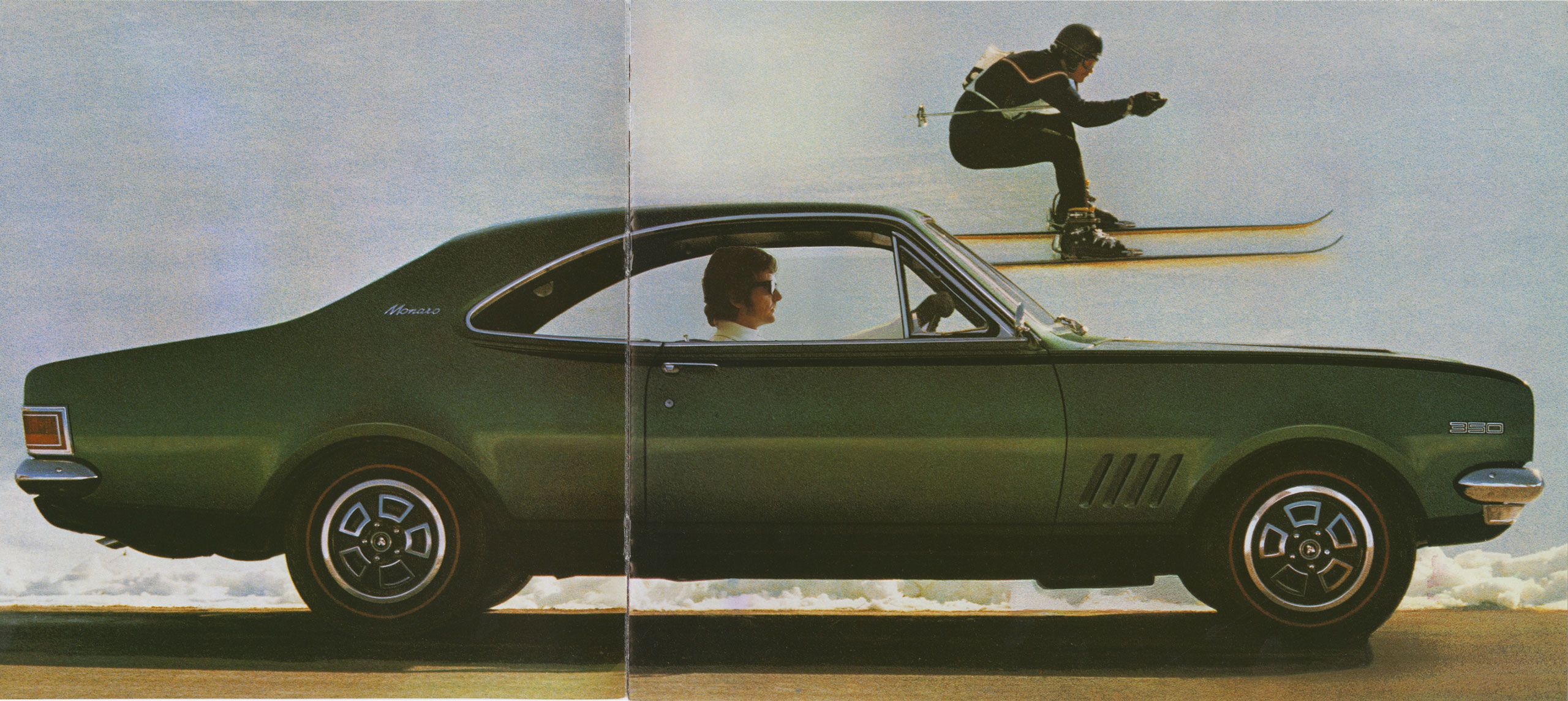
HG Monaro
"Holden's command performers"
Manufactured for the first time in 1968 until 1977, the Holden Monaro, known as one of Australia's muscle cars, with its two-door coupe design and powerful engine quickly became a favourite of car enthusiasts.
These pages from a brochure advertising the features of the HG Monaro range, GTS 350, GTS and the Monaro.
A new Monaro would later be manufactured as a sports car from 2001 to 2006.
Sales brochure for the Holden Monaro.
Sales brochure for the Holden Monaro.
HQ SANDMAN
"Here comes excitement"
The first Sandman model panel van, an HQ, was produced for only nine months in 1974. Although based on the working van for tradespeople, they were marketed as recreational vehicles with GTS interior and exterior features, wide ‘hip-hugging’ bucket seats and ‘wild, wild colours’ with Sandman decals.
Advertising for the Sandman sold the ‘fun in the sun’ hedonism of Australia in the 1970s.
‘The ultimate pleasure machine.’
Sandman utilities were also manufactured but it is as panel van that they are perhaps most remembered.
‘Holden Sandman – the greatest way to make your great escape.’
Holden HQ Sandman sales brochure, January 1974. SLSA: BRG 213/41/5/4/1
Holden HQ Sandman sales brochure, January 1974. SLSA: BRG 213/41/5/4/1
Holden HQ Sandman sales brochure, January 1974. SLSA: BRG 213/41/5/4/1
Holden HQ Sandman sales brochure, January 1974. SLSA: BRG 213/41/5/4/1
torana
"When you're hot - you're hot"
From relatively modest beginnings the Torana became one of the most exciting and versatile cars in Australian motoring history. The original HB series Torana, released in 1967, was a four-cylinder compact vehicle based on the Vauxhall Viva.
A completely new, Australian-designed, LC Torana was launched in October 1969 with a choice of four or six cylinders. It won Wheels magazine Car of the Year award.
Released in March 1972, the LJ Torana had an HQ style grille and wraparound tail-lights. The GTR-XU1 model had tremendous acceleration with a top speed of over 200 kmh. Peter Brock won the 1972 Hardie-Ferodo 500 at Bathurst in a GTR-XU1.
The LJ was followed by the TA model in 1974, and subsequently the larger-bodied LH (1974-1976) with four, six and eight cylinder engine options, the LX (1976-1979), and the UC in 1979-1980.
Holden Torana sales brochure, January 1972. SLSA: BRG 213/55/5/1
Holden Torana sales brochure, January 1972. SLSA: BRG 213/55/5/1
HURRICANE
The concept vehicle Hurricane, code-named RD 001 was first shown to the public in 1969. The Hurricane was metallic orange in colour with an aerodynamic fibreglass body, low centre of gravity, a mid-mounted engine (forward rear axle) and a 4-speed all-synchro transaxle.
Standing only 990mm high, entry was via a hydraulically powered cockpit canopy mechanism. The seats would rise up and pivot forward, before lowering and reclining into position as the roof closed. A rearview camera consisted of a wide angle camera in the rear of the car, which was connected to a closed circuit television screen in the centre console. A Pathfinder Automatic Route Finder navigation system used magnetic signals built into the road to guide the driver. Also installed was the Comfortron, an automatic temperature control air-conditioning system.
The car featured a number of safety innovations, including an integrated rollover bar, foam-lined fuel tank, interior padding, ignition safety locks and a fire warning system.
The prototype, with an Australian made V8 engine, was the only Hurricane ever built.
Front cover of the sales brochure for 'Tomorrow's Holden' the Hurricane, a concept car designed in 1970. SLSA: BRG213/70/5
Front cover of the sales brochure for 'Tomorrow's Holden' the Hurricane, a concept car designed in 1970. SLSA: BRG213/70/5

